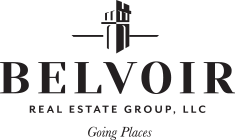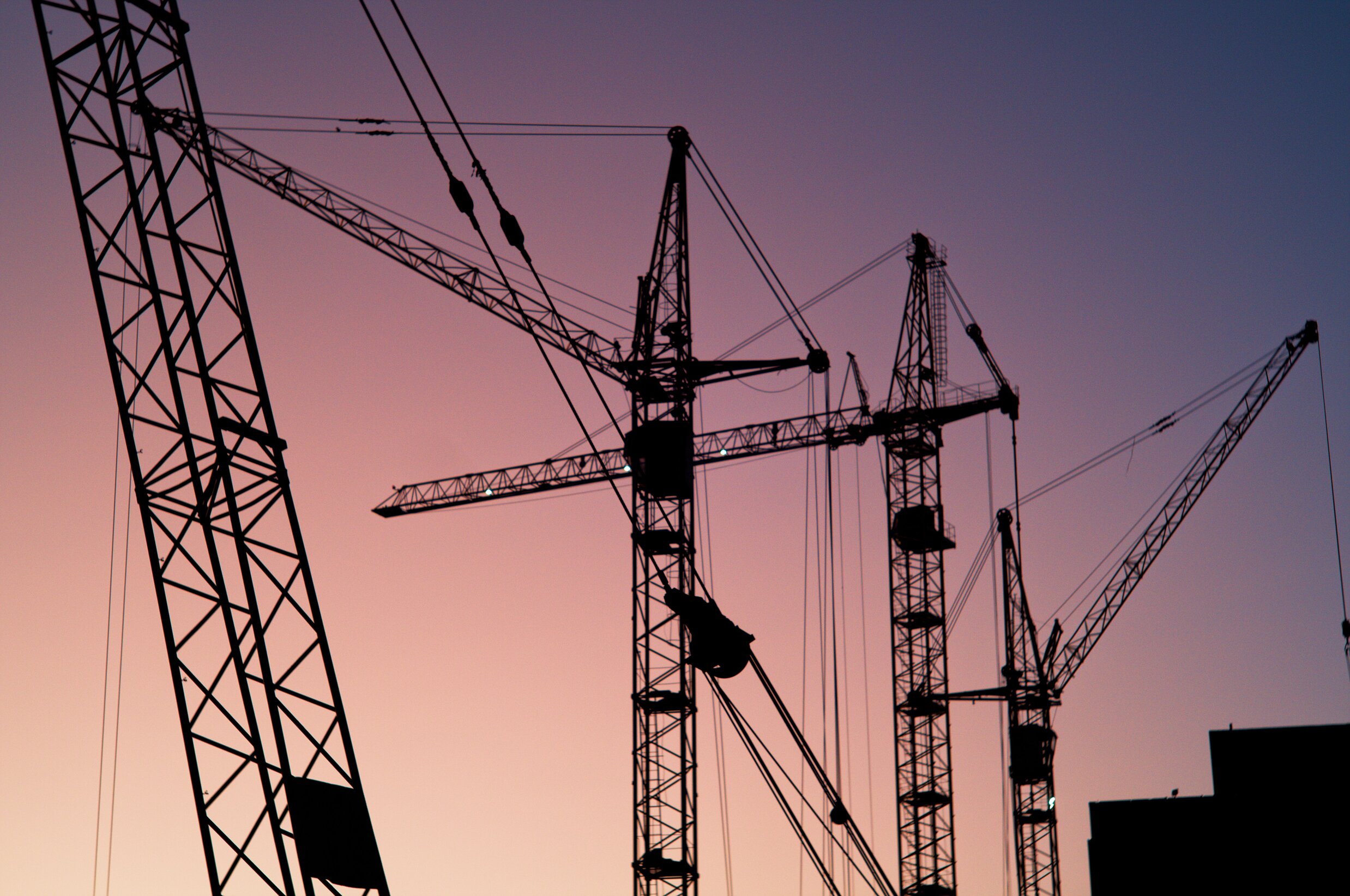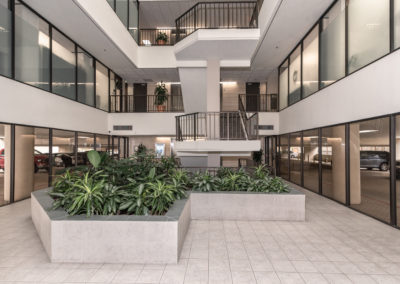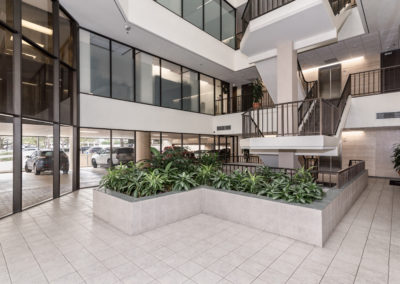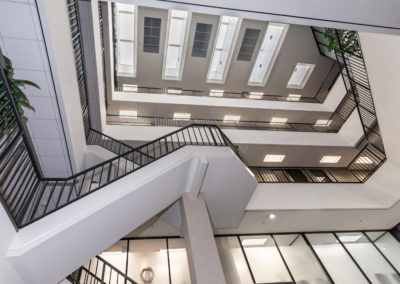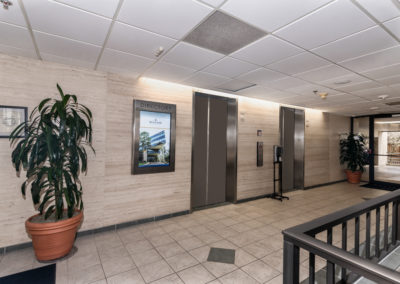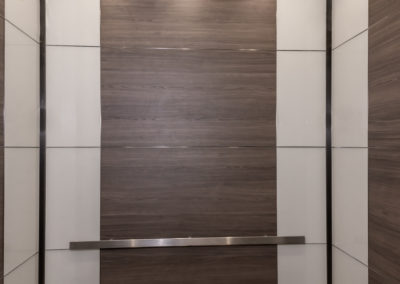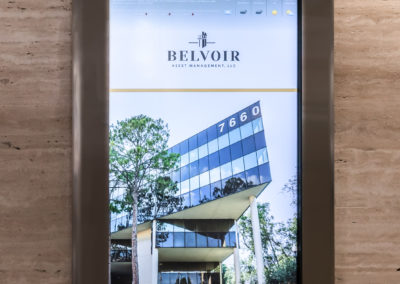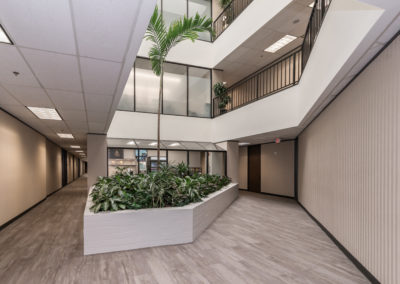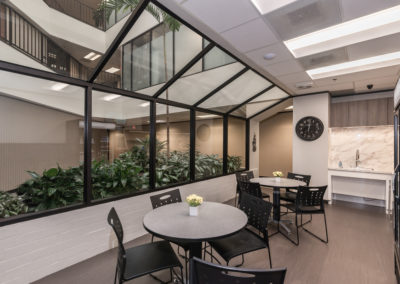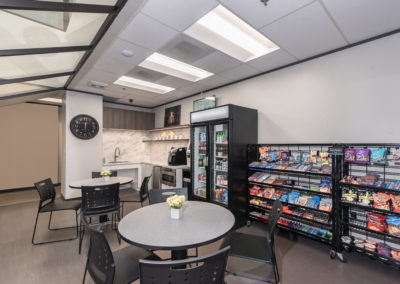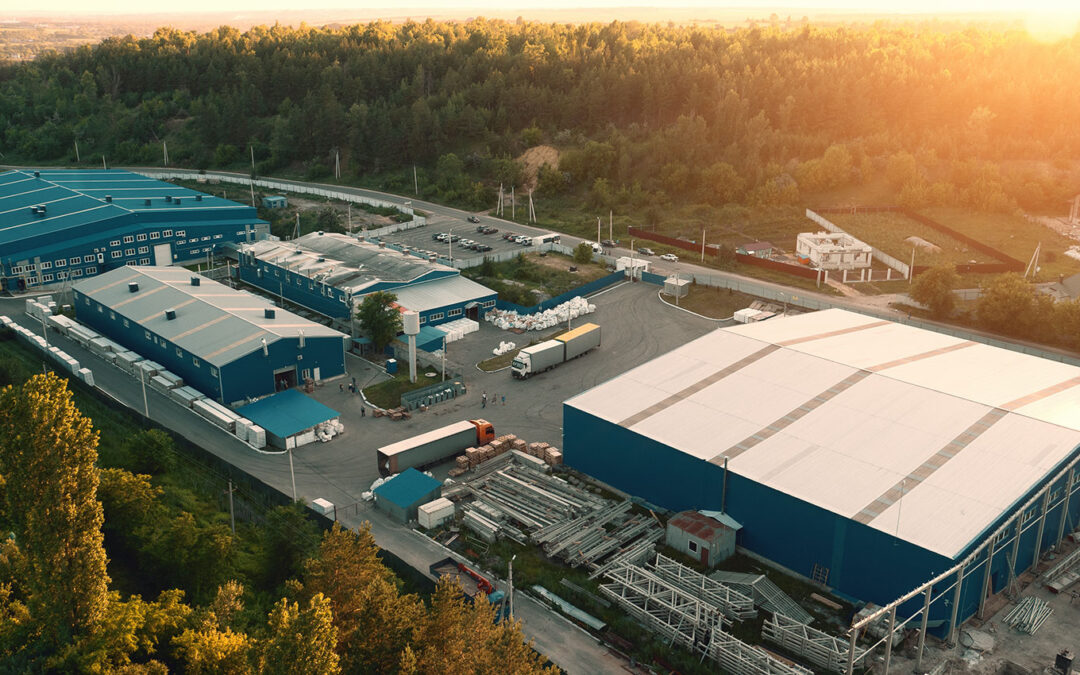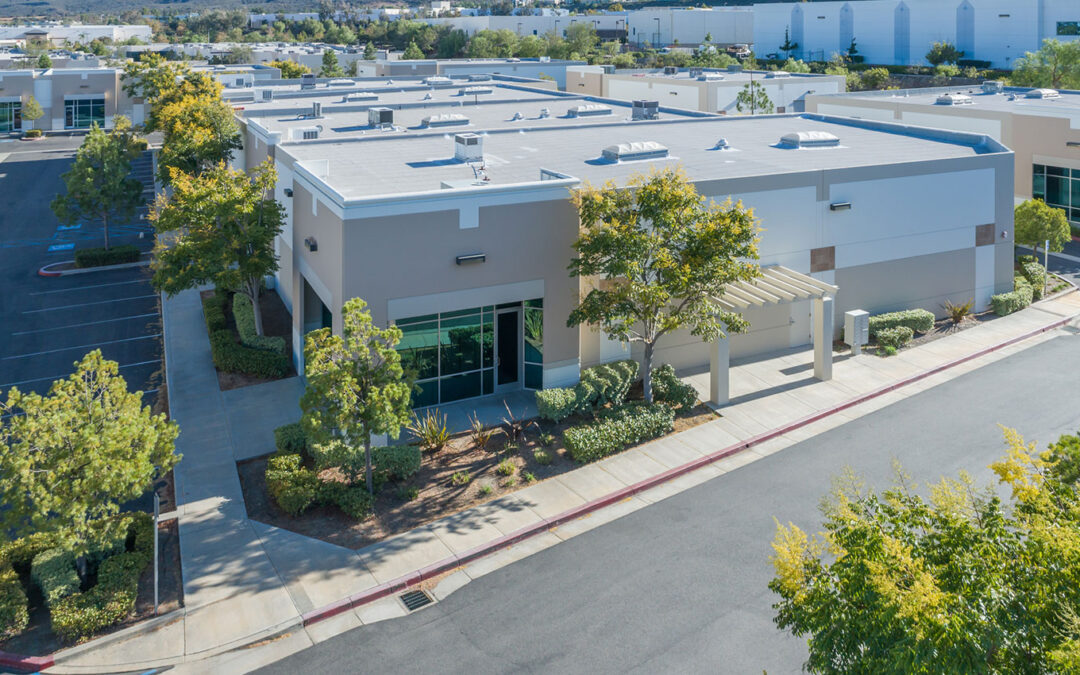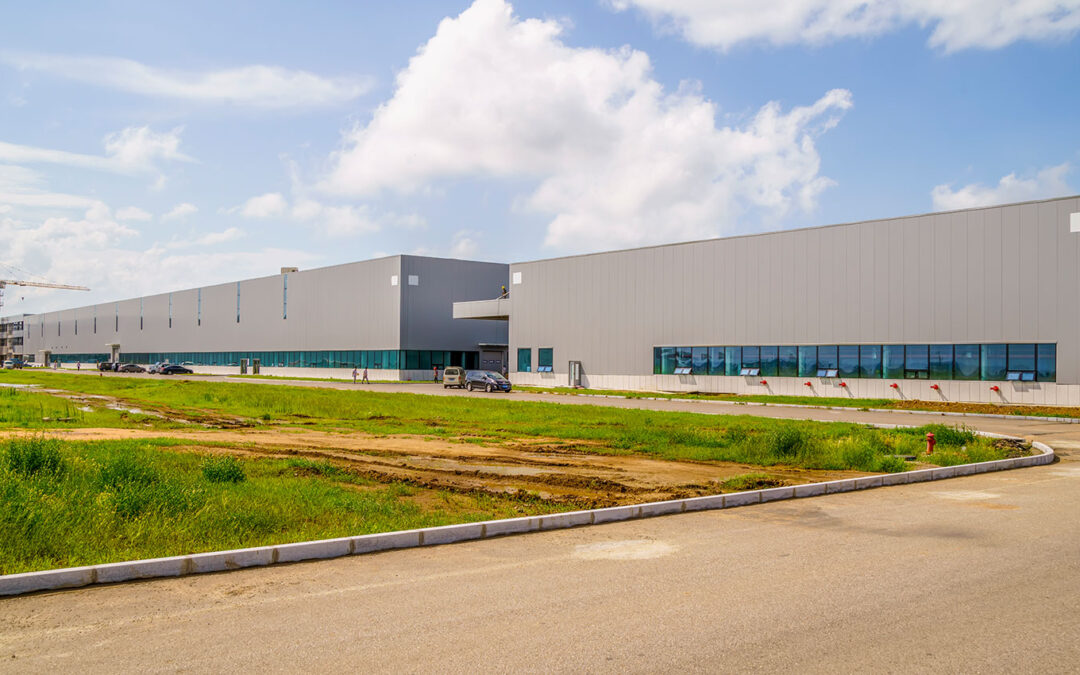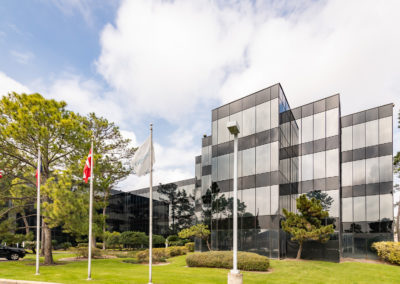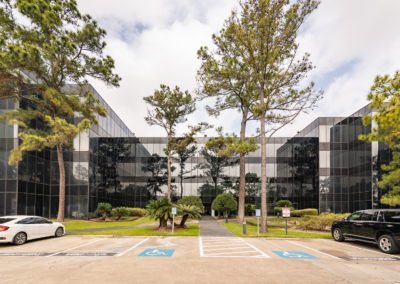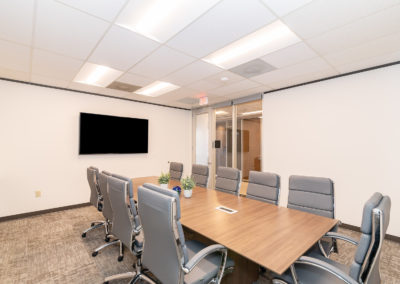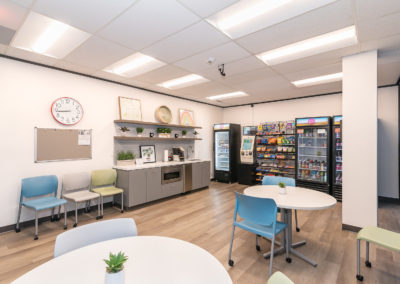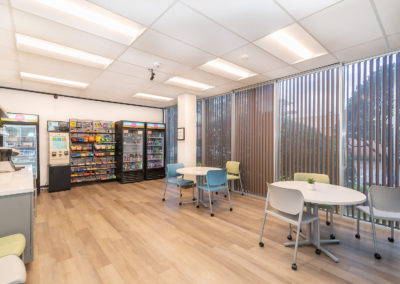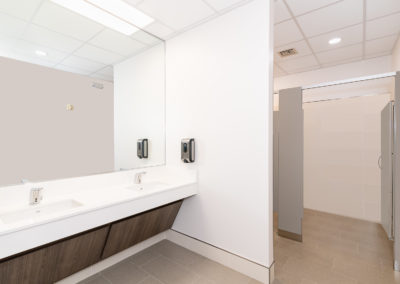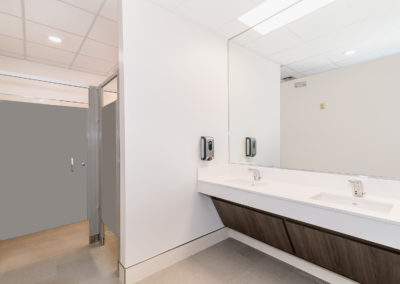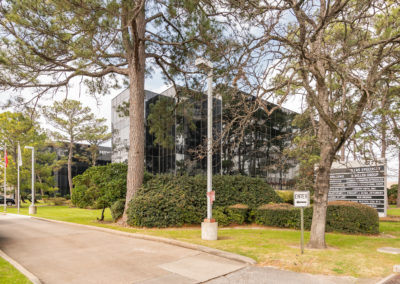Following the coronavirus pandemic, the industry outlook for manufacturing and industrial real estate grew and remained strong. From an increased demand for distribution space to meet ecommerce demands, to new manufacturing startups, Texas has been one of the top-growing markets for new industrial construction. Dallas, Austin and Belvoir’s hometown of Houston are three of the fastest-growing areas in the country, and the industrial real estate sector is on track to continue growing in 2022. Here are a few things to know.
Industrial Real Estate is Dynamic
Texas is one of the hottest markets for relocation, and even with older product there has been an increased rental rate of 40% to 60% on average. In some areas, lease rates are moving every 30 to 60 days, which is creating a dynamic and sometimes tight market. From auto manufacturing, such as Tesla’s Gigafactory Texas near Austin, to a new $17 billion Samsung chip plant in Central Texas, industrial real estate is set to continue growing.
Historic Leasing Activity
With a red-hot market comes an increase in leasing activity. In a recent JLL Industrial Outlook report, leasing activity was double the three-year quarterly leasing average in Q2 2021. In Houston, that number was twice the five-year quarterly average. Overall, vacancy was down and price per square foot was up, and that trend is looking to hold in 2022. Demand is strong and the sector is competitive, driven by relocations and investment groups that are investing substantially in ownership opportunities.
Construction and Supply Chain Considerations
One potential downside could be supply chain delays and setbacks in construction workforce availability and materials costs. Although these present potential setbacks for the industrial real estate sector, there has been a large enough spike in demand that expansion is expected to continue. Population growth in major urban areas isn’t expected to slow down any time soon, and with that growth comes demand for products and distribution space to meet the needs of new residents and consumers. Vacancy rates are expected to remain low, absorption will keep pace with new construction and the demand for industrial space should remain strong throughout the coming year.
No one could have predicted the pandemic of 2020, and there’s no way to anticipate exactly what’s on the horizon. But the industrial real estate market looks strong for the foreseeable future. If you’d like to have a chat about industrial real estate, give Belvoir a call. Our team is up to date on the latest trends and glad to be of service.
